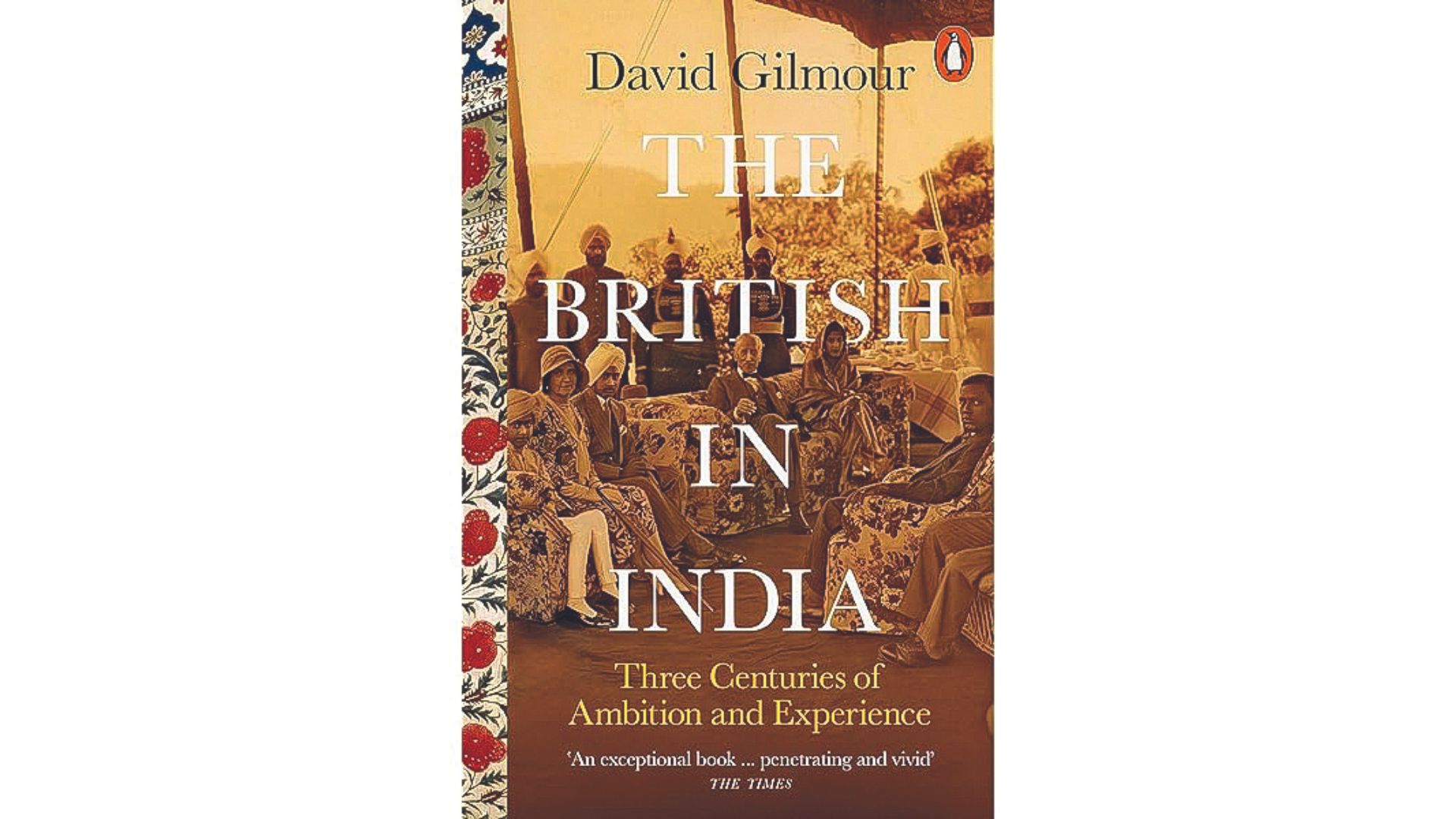


The British Raj, spanning from the mid-19th to mid-20th century, was a pivotal period in India’s history characterized by British colonial rule. This era has inspired numerous literary works that capture the complexities, conflicts, and cultural dynamics of the time. Here’s a curated list of five outstanding books that provide deep insights into the British Raj:
“A Passage to India” by E.M. Forster
E.M. Forster’s masterpiece, “A Passage to India,” explores the intricacies of colonial relationships and cultural misunderstandings in British India. Set in the 1920s, the novel follows Dr. Aziz, a young Indian Muslim, and his interactions with English visitors. The narrative delves into themes of racism, friendship, and the clash of civilizations, culminating in a powerful and thought-provoking conclusion.
“Kim” by Rudyard Kipling
Rudyard Kipling’s classic novel “Kim” offers a vivid portrayal of India under British rule. The story follows Kim, an orphaned boy of Irish descent, who becomes embroiled in the Great Game—a geopolitical rivalry between the British and Russian Empires. Through Kim’s adventures and encounters, Kipling paints a rich tapestry of Indian society, its diverse cultures, and the impact of colonialism on identity.
“The Far Pavilions” by M.M. Kaye
M.M. Kaye’s sweeping saga, “The Far Pavilions,” is set against the backdrop of the British Raj and follows the life of Ashton Pelham-Martyn, a British officer raised as an Indian native. This epic novel skillfully weaves together romance, adventure, and historical detail, offering a captivating glimpse into the opulent yet turbulent world of princely states and British imperialism.
“Untouchable” by Mulk Raj Anand
In “Untouchable,” Mulk Raj Anand provides a searing portrayal of the caste system and social inequalities in colonial India. The novel centres on Bakha, an “untouchable” or Dalit, who works as a sweeper. Through Bakha’s experiences over a single day, Anand highlights the dehumanizing effects of caste oppression exacerbated by British rule, laying bare the injustices of the time.
“The Raj Quartet” by Paul Scott
“The Raj Quartet” by Paul Scott is a monumental series comprising “The Jewel in the Crown,” “The Day of the Scorpion,” “The Towers of Silence,” and “A Division of the Spoils.” This epic narrative intricately explores the lives of diverse characters—British, Indian, and Anglo-Indian—against the backdrop of World War II and the Indian independence movement. Scott’s work is celebrated for its nuanced portrayal of power dynamics, identity, and the decline of the British Empire.
These five books offer compelling and diverse perspectives on the British Raj, shedding light on its impact on individuals and societies. Each work invites readers to engage critically with the legacy of colonialism, identity, and cultural exchange during this transformative period in history. Whether exploring personal relationships or geopolitical intrigue, these books resonate with timeless themes that continue to captivate readers today.